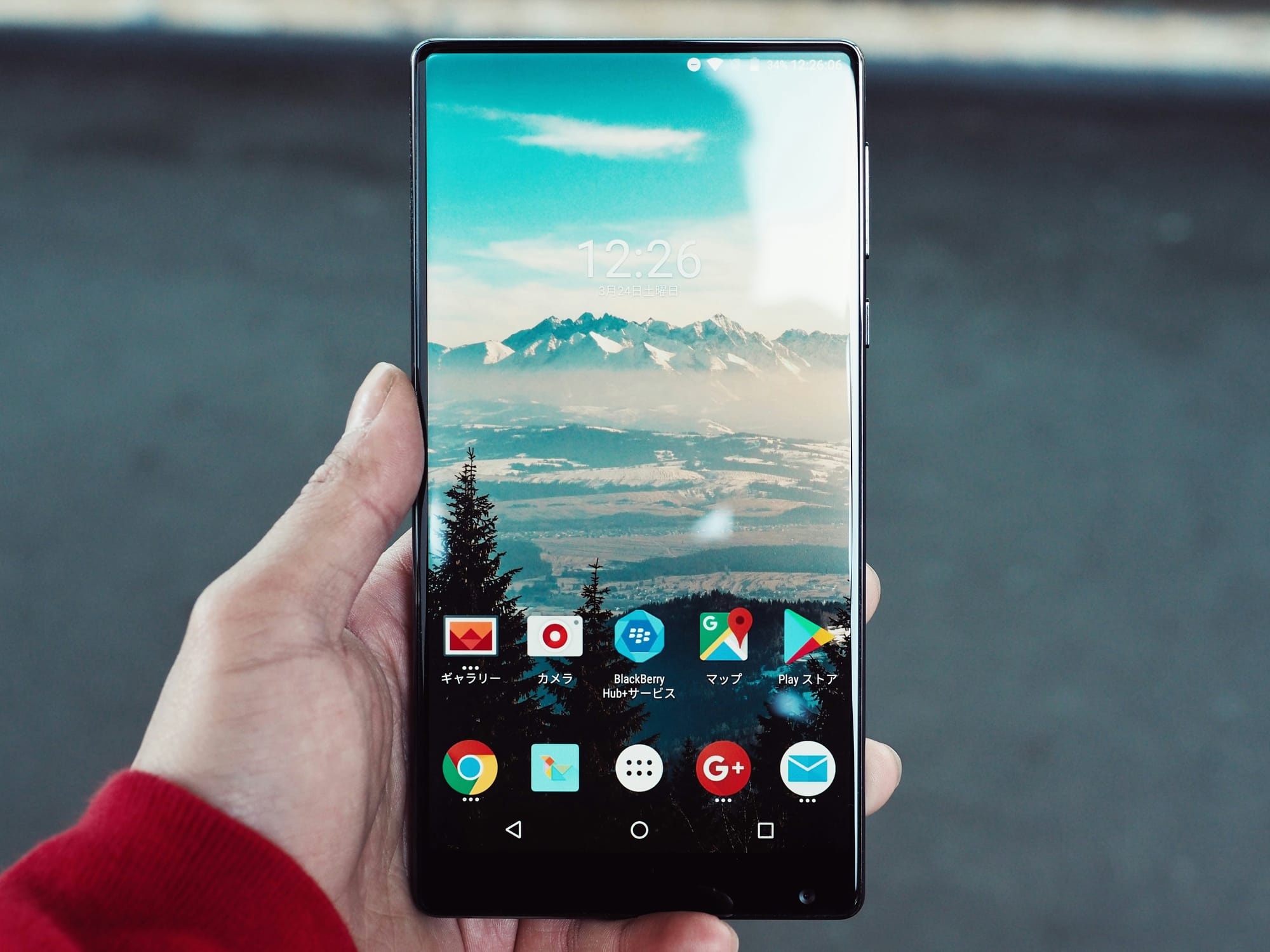Overview of Mobile App Security: Safeguarding the Digital Realm

In the modern digital age, mobile applications have become an integral part of our daily lives. From banking and shopping to social networking and health monitoring, mobile apps handle a vast amount of sensitive and personal information. However, with the growing dependence on mobile apps, the threat landscape has also expanded. Mobile app security has emerged as a critical concern for developers, businesses, and users alike. This blog provides an in-depth overview of mobile app security, highlighting key threats, security best practices, and the importance of safeguarding mobile applications.
The Importance of Mobile App Security
Mobile apps are gateways to a wealth of data, including personal, financial, and corporate information. A breach in mobile app security can lead to severe consequences, such as financial loss, identity theft, reputational damage, and legal liabilities. As mobile apps continue to proliferate across various industries, ensuring their security is paramount to protecting users and maintaining trust.
Key Threats to Mobile App Security
- Malware and Trojans: Malicious software, such as malware and trojans, can infiltrate mobile apps, leading to data theft, unauthorized access, and disruption of app functionality. These threats often enter through unsecured app stores, phishing campaigns, or infected devices.
- Insecure Data Storage: Many mobile apps store sensitive data locally on the device. If this data is not encrypted or is stored insecurely, it becomes vulnerable to unauthorized access and data breaches, especially in the event of device theft or loss.
- Inadequate Authentication and Authorization: Weak authentication mechanisms, such as simple passwords or the absence of two-factor authentication (2FA), can expose mobile apps to brute force attacks, unauthorized access, and credential stuffing.
- Unsecured Communication Channels: Mobile apps often communicate with servers or other devices over the internet. If these communication channels are not secured with encryption protocols like SSL/TLS, they can be intercepted by attackers, leading to data leaks and man-in-the-middle (MitM) attacks.
- Code Tampering and Reverse Engineering: Attackers can decompile and reverse engineer mobile apps to understand their logic, extract sensitive information, or inject malicious code. This can lead to the creation of rogue apps or the exploitation of vulnerabilities.
- Insecure APIs: Application Programming Interfaces (APIs) are essential for the functionality of mobile apps, enabling them to interact with servers and other services. However, insecure APIs can be exploited to gain unauthorized access to app data and backend systems.
- Device Vulnerabilities: Mobile devices themselves can have security flaws, such as outdated operating systems, unpatched software, or rooted/jailbroken devices, which can expose apps to various threats.

Best Practices for Mobile App Security
- Secure Coding Practices: Developers should adopt secure coding practices from the outset of the app development process. This includes validating input, avoiding hardcoding sensitive information, and using secure libraries and frameworks.
- Data Encryption: Sensitive data, both at rest and in transit, should be encrypted using strong encryption algorithms. This ensures that even if data is intercepted or accessed by unauthorized parties, it remains unreadable.
- Authentication and Authorization: Implement robust authentication mechanisms, such as multi-factor authentication (MFA), to verify user identities. Additionally, ensure that users have appropriate access levels based on their roles and privileges.
- Secure APIs: Ensure that APIs used by the app are secure by implementing strong authentication, rate limiting, and input validation. Use API gateways and web application firewalls (WAFs) to protect against API-related threats.
- Regular Security Testing: Conduct regular security assessments, including vulnerability scanning, penetration testing, and code reviews, to identify and address security weaknesses. Employ both static and dynamic analysis tools to detect potential issues.
- App Hardening and Obfuscation: Use techniques like code obfuscation, anti-debugging measures, and app hardening to protect the app’s code from reverse engineering and tampering.
- Secure Communication Channels: Use secure communication protocols, such as HTTPS, SSL/TLS, to protect data transmitted between the app and servers. Implement certificate pinning to prevent MitM attacks.
- User Education: Educate users about the importance of mobile app security, including the use of strong passwords, regular updates, and avoiding suspicious downloads or links. Encourage users to report any suspicious activity related to the app.
- Compliance and Regulations: Ensure that the mobile app complies with relevant industry standards, regulations, and guidelines, such as GDPR, HIPAA, or PCI-DSS, depending on the app's target audience and functionality.
- Incident Response Plan: Develop and maintain an incident response plan to address security breaches promptly. This plan should include steps for identifying, containing, and mitigating the impact of security incidents, as well as communicating with affected users.

The Future of Mobile App Security
As mobile technology continues to evolve, so too will the security challenges faced by developers and users. Emerging technologies like 5G, the Internet of Things (IoT), and artificial intelligence (AI) will introduce new attack vectors and complexities. To stay ahead of these threats, continuous innovation in security practices, tools, and technologies will be essential.
Furthermore, the adoption of a security-first mindset, where security is integrated into every stage of the app development lifecycle, will become increasingly important. Developers, businesses, and users must work together to create a secure mobile ecosystem that protects sensitive data, ensures privacy, and fosters trust.
Conclusion
Mobile app security is not just a technical requirement; it is a fundamental aspect of user trust and business integrity. In a world where mobile apps are deeply intertwined with our daily lives, ensuring their security is essential to safeguarding personal and corporate information. By understanding the key threats, adopting best practices, and staying vigilant against emerging risks, developers and businesses can create secure mobile applications that users can trust.

Comments ()